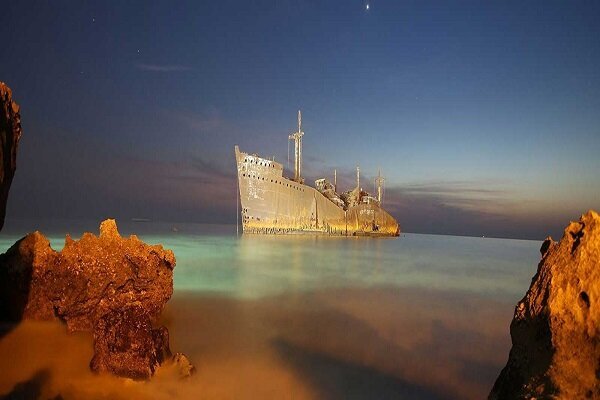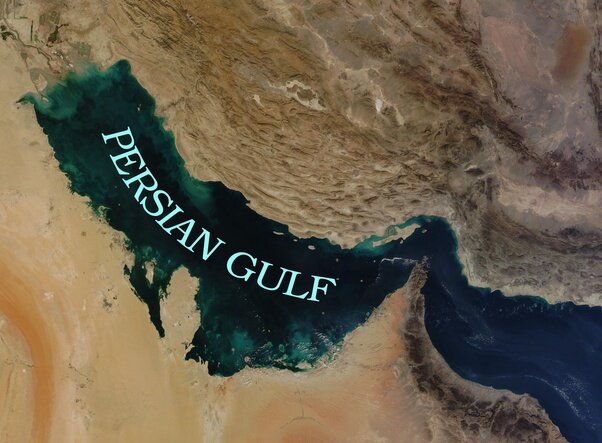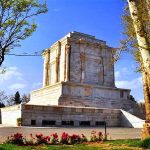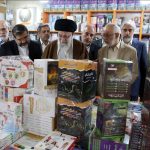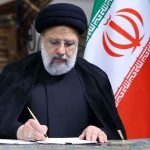The Persian Gulf is a historical identity-building name for a historical and strategic body of water that has given a cultural, historical, and cognitive identity to this region through this name.
Geography of Persian Gulf
The Persian Gulf is a waterway that runs along the Sea of Oman between Iran and the Arabian Peninsula. It covers an area of 237,473 km2 and is the third largest in the world after the Gulf of Mexico and the Gulf of Hudson.
From the east, the Persian Gulf is connected to the Indian Ocean and the Arabian Sea through the Strait of Hormuz and the Sea of Oman. Persian Gulf is bordered by Iran, Oman, Iraq, Saudi Arabia, Kuwait, the United Arab Emirates, Qatar and Bahrain. Meanwhile, the northern shores of the Persian Gulf are all part of Iran’s political geography.
As Iran has the longest common water border with the Persian Gulf and has played the main role in the formation of the ancient civilization of this region, with Iranians controlling and ruling the Persian Gulf throughout history, it is regarded as the main inheritor of the region.
The most prominent evidence for this claim is the very name of this water expanse recorded under the name of Iranians in the past three thousand years.
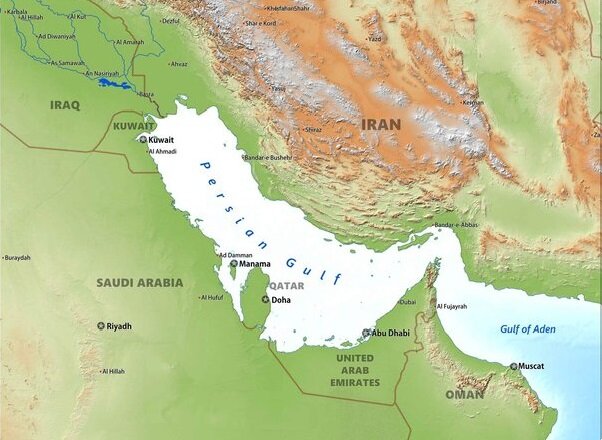
Persian Gulf National Day
One of the steps taken by the Iranian government to protect the spiritual and cultural heritage of the Persian Gulf was to recognize the Persian Gulf National Day in the country’s official calendar. In this regard, in July 2005, the Supreme Council of the Cultural Revolution named April 29th, which coincides with the expulsion of the Portuguese from the Strait of Hormuz, as the National Day of the Persian Gulf.
Symbol of Iranian resistance
As a precious heritage of the nation, the Persian Gulf has a name equal to the ancient history of Iran and has always been a symbol of national resistance.
The Portuguese, the Dutch, and the British were powerful empires in the 15th and 16th centuries, especially in the maritime sector. Each in turn dominated some of the islands on the Persian Gulf in different periods, and some ruled these areas for two centuries. The Portuguese were the first colonizers who invaded the Persian Gulf (late 15th century) and captured major parts of its islands and ports and turned them into their military and governance bases. Finally, during the rule of the Safavid Empire, Shah Abbas I sent an army to fight against the colonialists on the island of Hormuz, and with the help of the local people, a brave commander called Imam Quli Khan succeeded in expelling aggressors and the Portuguese colonialists after many combats. It led to their defeat and expulsion from Hormuz Island and the Persian Gulf.
Why is Persian Gulf important?
The biggest importance of the Persian Gulf is the existence of rich oil and gas resources on the sea bed and its shores so this area is called the “World Oil Reservoir”. This gulf is a transit route for oil from Iran, Iraq, Kuwait, Saudi Arabia, and the United Arab Emirates, and is, therefore, an important and strategic region. About 30 percent of the world’s oil is supplied from this region, which sometimes increases and sometimes decreases. Oil produced in the Persian Gulf must be transported through the Strait of Hormuz.
In terms of oil resources, the Persian Gulf has many advantages over other parts of the world, such as ease of extraction, low production costs, excess production capacity, high quality of crude oil, ease of transportation, high production capacity of wells and the possibility of discovering new vast oil reserves.
There are also important ports in the Persian Gulf, including Bandar Abbas, Bushehr, Bandar Lengeh, Kish, Khorramshahr, and Mahshahr ports in Iran, and Sharjah, Dubai, and Abu Dhabi in the United Arab Emirates, and the ports of Basra and Al-Faw port in Iraq.
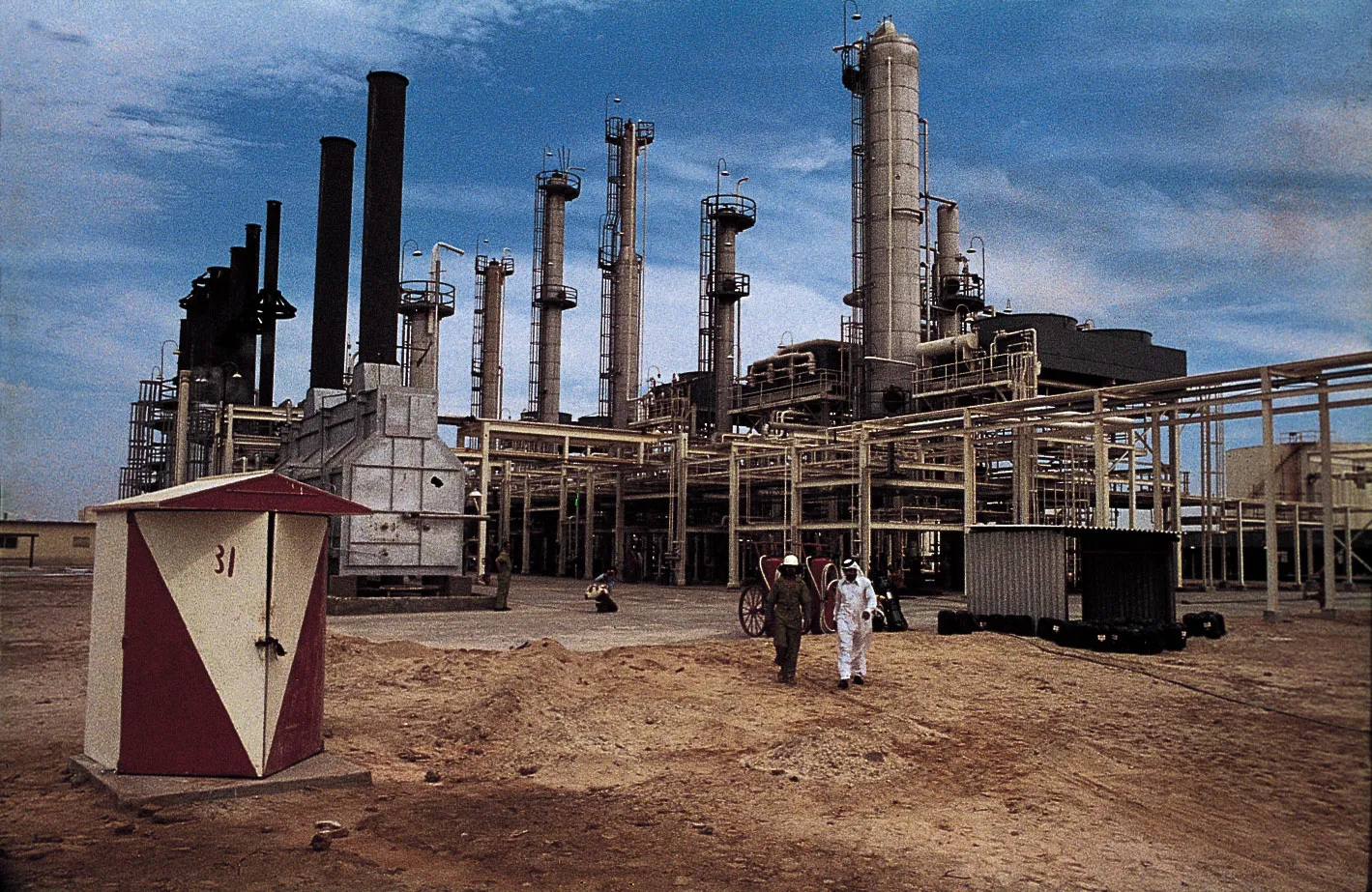
Persian Gulf tied to Iranian identity
The Persian Gulf is not only a geographical location but a historic heritage with a record of thousands of years that has taken its identity from the Iranians and is also associated with the Iranian identity.
Efforts to change the name of the Persian Gulf have always prompted reactions from the Iranian people because the Persian Gulf has been the most important border area of Iran throughout history, which is still standing and no effort has been able to separate it from our country. Hence, this name has become a symbol of Iranians’ solidarity in modern times.
The Persian Gulf is an important component in the world’s political and economic equations and the security of the Persian Gulf region is also common security.
Iran is responsible for most of it because Iran enjoys high capabilities in naval power and naval maneuvering and is naturally committed to keeping the Strait of Hormuz open and maintaining its security with the cooperation of countries in the region.
Meantime, the presence of foreign forces and military bases in the Persian Gulf will only result in tensions in the region and will not lead to stability and security.
Persian Gulf, Iranian Islands
There are many islands in the Persian Gulf, some of which are of little importance and some are strategic for the country’s economy. Most of these important islands belong to Iran such as Qeshm, Kish, Khark, Abu Musa, Tonb-e Bozorg, Tonb-e Kuchak, Hormuz, and Lavan Island. Among these islands, more than 30 residential and non-residential islands belong to Iran. Some of these islands get regularly submerged due to the tide. These uninhabited islands are of special global importance as habitats for corals, nests of sea swallows and turtles, as well as habitats for migratory birds. The largest island of the Persian Gulf is Qeshm.
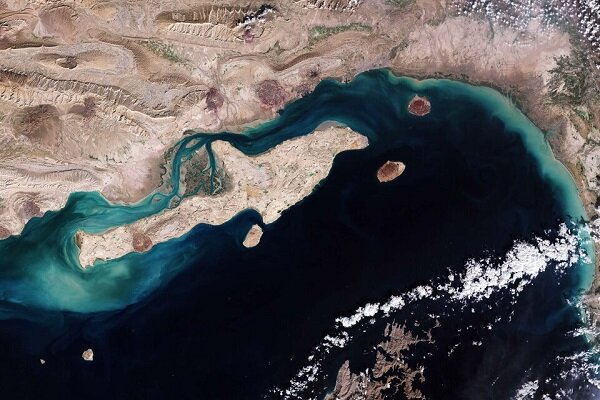
Wonders of Persian Gulf
The Persian Gulf has a half-dry-half tropical weather. Its deepest point is about ninety meters and is located in the Strait of Hormuz. The depth of the sea decreases on the western side of the sea, reaching only ten to thirty meters. Arvand, Karun, Dialeh, Zab, Jarahi, Mand, Dalaki, and Minab are some of the most important rivers that flow into this sea.
The Persian Gulf is a captivating destination that combines natural beauty, cultural heritage, and modern marvels. From its mesmerizing coastlines and thriving marine life to its historical landmarks and vibrant cities, the region offers a wealth of experiences for visitors to explore.
Hormuz Island, for instance, has stunning red shores. Moreover, the Mangrove Forest of Qeshm is mysterious in the gulf with green plants disappearing and reappearing due to high and low tides. In addition, there are shiny silver planktons in some parts of the gulf shore that give perfect scenery to the shores of the region at night.
Apart from this, the marine species and corals in the gulf are amazingly diverse and interesting. Naughty dolphins, above all, are a great source of entertainment. Water sports and activities of all sorts are also available in different islands, cities, and ports.
